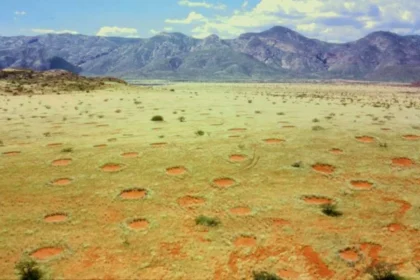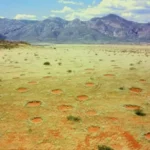Despite their nature and age, all galaxies in the visible part of space are twisted into a spiral – and there are reasons for this.
Spiral arms in galaxies can form through a combination of processes. In a spiral galaxy, everything rotates at the same speed, meaning that stars and gas near the center of the galaxy orbit in less time than objects further away. This effect is called differential rotation. Thus, in the time it took for the inner star to complete one revolution around its galaxy, the outer star could only finish half a revolution.
Differential rotation naturally produces spirals as the galaxy rotates. Galaxies like the Milky Way have rotated dozens of times—it typically takes 200 million years for the entire galaxy to complete its rotation. If differential rotation were the only process involved in creating spirals, we would expect to see many tightly wound spiral arms akin to a wound coil. But most spiral galaxies have only two to four primary arms.
Spiral arms exhibit the same structure, whether composed of billions of stars or millions of years old. This indicates that the arms result from the constant structure of stars rather than specific luminaries forming the structures.
The pattern itself is caused by a pressure wave (the so-called “density”), which moves in a spiral from the edge of the disk to the center and back, creating the visible spiral arms of the galaxy. As stars and gas move in a pattern, they gather at the crests of waves, like a traffic jam on a highway, and then eventually pass the crest and continue on in their orbit.
Both planetary rings and protoplanetary disks can have density waves and spiral structures. Planetary rings comprise minor amounts of debris trapped in a specific orbit. Sometimes, they are disturbed by moons that cause waves. According to computer simulations, the observed spirals in protostellar disks arise from density waves created by planets forming in the disk.








